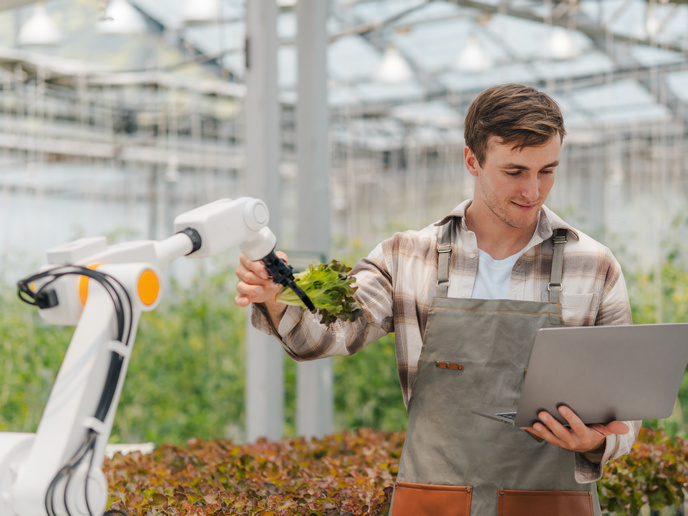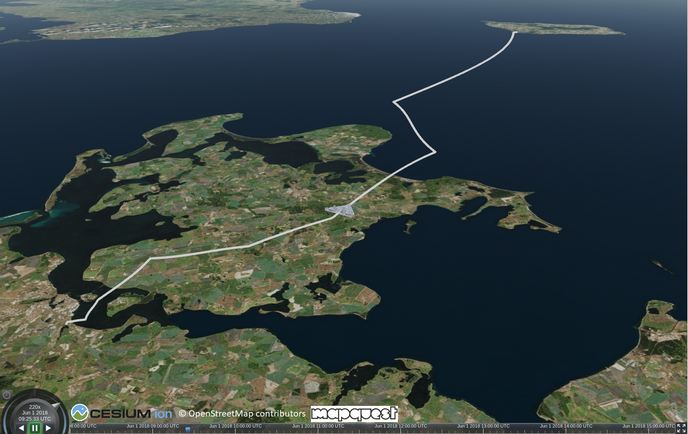Drones to monitor crops and help fight weeds
EU policy encourages farmers to limit the use of herbicides by applying them exclusively to infested areas instead of entire crop fields. In the past, infestations were detected by satellite imagery, but this technology has very limited resolution capabilities. To address this issue, the EU-funded TOAS(opens in new window) (New remote sensing technologies for optimising herbicide applications in weed-crop systems) project developed unmanned aerial vehicles, or drones, that can detect weeds on crops fast and accurately. The focus was on maize and sunflower crops, as well as olive and poplar trees. Project partners collected aerial images generated by a drone in 10 different crop fields located throughout Spain. They investigated how flight altitude impacts the area covered by each image and the flight length. Two sensors and three different altitudes were tested. The TOAS team found that higher altitudes required fewer images to capture fields, but the processing software struggled to identify weeds. At lower altitudes the software can discern crops and weeds more easily, but more images are required. To address these limitations, researchers implemented intelligent software called object-based image analysis. Using this procedure, weed infestation levels were categorised as low, moderate and high with an accuracy of 86 %. In addition, image analysis procedures for the four crops and advanced algorithms to manage and analyse drone images were developed. TOAS will help to reduce the use of herbicides on crops and trees while optimising crop and weeding management operations. This will greatly contribute to EU laws for the sustainable use of pesticides calling for the reduction in the risks and impacts of use on people's health and the environment. What is more, the project is expected to lead to a 15 % to 35 % reduction in farm costs and a 20 % to 30 % decrease in crop protection chemical use.







